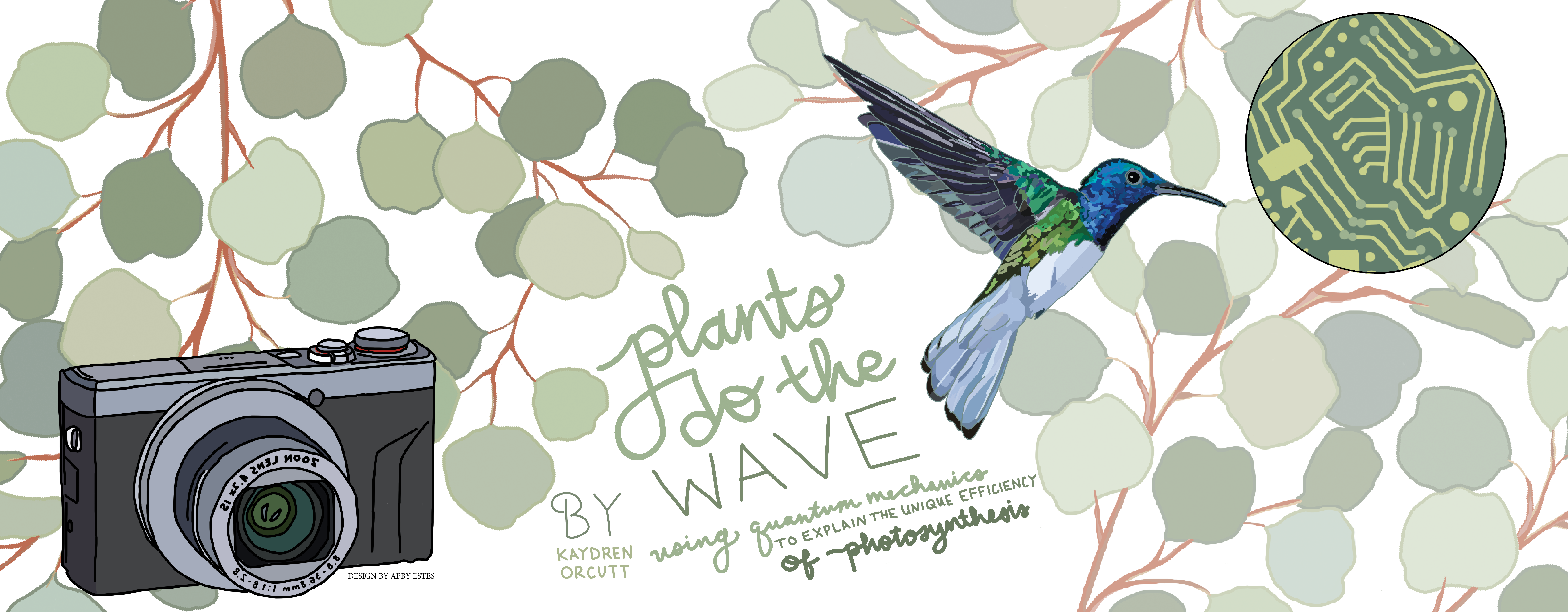Laura Lammers’ research is literally groundbreaking. Lammers studies how boundary atoms—atoms that line layers between various surfaces—interact chemically and electrostatically in the natural world. Those processes govern our surface environment, affecting everything from agriculture to contaminant degradation. As an assistant professor in the Department of Environmental Science, Policy, and Management at UC Berkeley, she has always been fascinated by the most fundamental natural processes that regulate contaminants, soil nutrient release, and the binding of carbon in our environment.
 Professor Laura Nielsen Lammers. Photo by Michael Wan.
Professor Laura Nielsen Lammers. Photo by Michael Wan.
Lammers’ path to UC Berkeley may be described as the road less traveled. Lammers received her PhD in isotope geochemistry at UC Berkeley in 2012 before conducting postdoctoral research at Stanford. She then took a different direction in her career and worked in industry as a senior staff geochemist at Geosyntec Consultants. Today, she is back in an academic atmosphere, working to bridge geochemistry, chemistry, environmental engineering, materials science, and more.
NP: How do you identify yourself as a scientist?
LNL: I call myself an environmental geochemist, which means I study the chemistry of natural processes that regulate water quality and soil health. This field is unique because it studies how humans impact—and are impacted by—the environment.
NP: How did you become interested in environmental geochemistry?
LNL: It started with my parents, who were always interested in the environment. They would take me on trips to national parks and talk about conservation at the dinner table. As a child, I became interested in earth sciences, and I eventually knew I wanted to attend a college with a strong geology program.
 Lead postdoctoral researcher Gregory Maurer and PhD student Jennifer Mills install sensors to measure soil carbon fluxes in the Mojave Desert. The project is supported by the California Energy Commission and aims to better understand desert carbon dynamics in response to renewable energy efforts and climate change. Photo by Marco Pfeiffer.
Lead postdoctoral researcher Gregory Maurer and PhD student Jennifer Mills install sensors to measure soil carbon fluxes in the Mojave Desert. The project is supported by the California Energy Commission and aims to better understand desert carbon dynamics in response to renewable energy efforts and climate change. Photo by Marco Pfeiffer.
NP: Some people are not aware of the impact of studying environmental geochemistry. What do you see as the major triumphs in the field?
LNL: The field of geochemistry has accomplished some incredibly important things that have impacted peoples’ lives in ways they may not realize. Geochemistry has allowed us to reconstruct past climate and past environment. We use this information to better understand how carbon dioxide in the atmosphere will impact future climate.
Environmental geochemists have also made it possible to understand the natural processes that can cause—or clean up—environmental contamination. One example of this is geogenic [naturally-occurring] arsenic in Southeast Asia. A couple decades ago, people started drilling wells for drinking water, thinking it was a safer source of potable water than surface water, which was being contaminated by human waste and microorganisms. As they were drinking well water, people were getting sick and developing cancer because of arsenic poisoning.
Geochemists were able to figure out what caused the arsenic contamination in the first place. As minerals weathered away from the Himalayas, changes in the chemistry of the ground water were releasing the arsenic found in these minerals. Geochemists were able to figure out both how the arsenic was released and how it moved in the environment. This knowledge can help us inform where communities might place wells to mitigate arsenic contamination. It also helps us devise remediation strategies to cleanup the water. These are the kinds of things that geochemists try to figure out and understand.
 PhD Candidate Marco Pfeiffer drills into an ancient desert soil to install sensors. Photo by Gregory E. Maurer.
PhD Candidate Marco Pfeiffer drills into an ancient desert soil to install sensors. Photo by Gregory E. Maurer.
NP: When you graduated with a PhD in isotope geochemistry in 2012, what were the options for someone in your field?
LNL: I mostly focused on the academic track after I graduated. After my PhD, I did a postdoc for a year at Stanford. At the time, I was afraid that I did not have a lot of career options because I had a specialized skill set, and so I was feeling anxious about finding an academic job. I got fed up with that stress and found a job at an environmental consulting firm to try it out. Frankly, I loved that job. I am glad that I did it. It was a fun learning experience. Now I know that I have other options and that there are many ways to apply a scientific skill set.
NP: Can you describe some of the hardships that make life for any scientist difficult working in industry?
LNL: One possible downside of going into industry is the sacrifice of intellectual freedom. I did not get to choose the projects I was working on, but since the firm had a big emphasis on novel and risky remediation projects, I did get to be creative and apply my expertise.
NP: What kind of advice would give to someone who is choosing between academia and industry?
LNL: There are many different paths to a fulfilling career. I would encourage them to keep an open mind and ask a lot of questions when interviewing and applying for jobs. For example, will they be doing things they are interested in and be given some autonomy of thought in their work? Is the company or firm focused on cookie cutter projects, or is the firm doing things that are new? If so, they might be able to use their scientific expertise and express their creativity.
 Sensors measuring CO2 and water content emerge from the soil surface. These data will be the first of their kind in California and Nevada deserts and will be used to understand how climate-related factors such as temperature and rainfall affect carbon cycling. Photo by Marco Pfeiffer.
Sensors measuring CO2 and water content emerge from the soil surface. These data will be the first of their kind in California and Nevada deserts and will be used to understand how climate-related factors such as temperature and rainfall affect carbon cycling. Photo by Marco Pfeiffer.
NP: And what made you decide to return to UC Berkeley from industry?
LNL: I loved the intellectual environment when I was a PhD student at Cal, so I could not pass up the opportunity when I was offered my position. It is a great privilege to be surrounded by so many bright and dedicated students and colleagues who are committed to making the world a better place.
NP: What do you see in the future for environmental geochemistry?
LNL: I think moving forward there will be an increasing emphasis on trying to understand and maintain sustainable soil systems and to restore balance to the terrestrial carbon and nutrient cycles. In order to devise land management strategies that can maintain soil carbon, we need to understand the mechanisms of how carbon is bound to the soils. This is also true for nitrogen and phosphorus, which are added to soils to produce high crop yields, but that contaminate the water supply when used in excess. We are increasingly adopting the tools of computational chemistry, nanoscale imaging, and spectroscopy to understand the molecular-level mechanisms regulating these processes. There is a lot of work to do.
Featured image: Professor Laura Nielsen Lammers. Photo by Michael Wan.
This article is part of the Spring 2017 issue.



